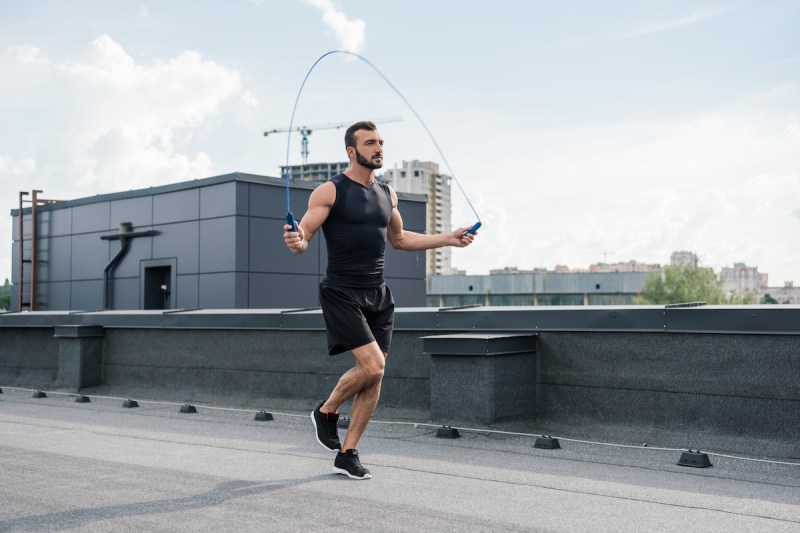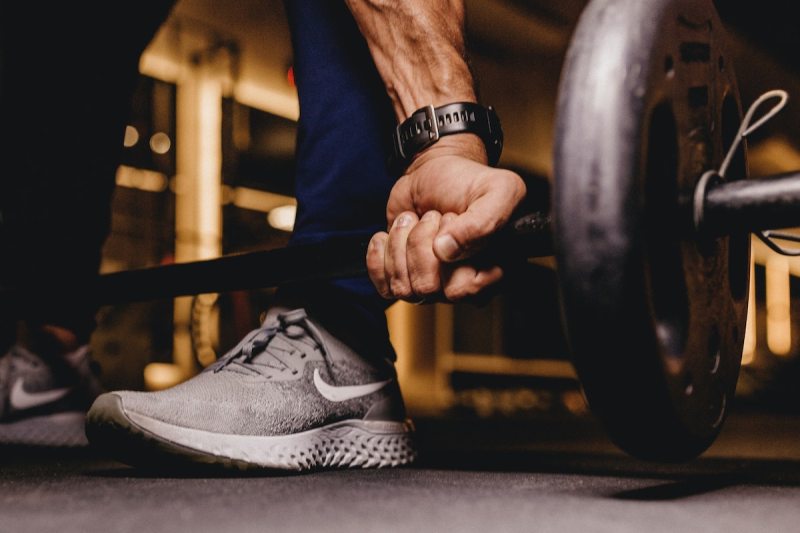As an athlete or fitness enthusiast, you will agree that there are numerous exercises to try, all requiring different shoes. So, you should constantly choose the right shoes for each training session. But did you know that you can do all your workouts in one dependable cross-training shoe? These shoes offer convenience and cost-effectiveness for all your training.
Over the years, many cross-training shoes for men have been introduced to the market because there is so much demand for them in the fitness community. Hence, there are just too many options to choose from. That is why we have curated a list of the best cross-training shoes for men to help you make informed decisions. Let’s dive in!
What is cross-training?

Cross-training is a fitness program that incorporates various exercise activities outside an athlete’s main sport to work on specific
This variability has many benefits for an athlete. These include improved agility and balance, flexibility in training plans, enhanced skills, an opportunity to work on different muscle groups, and the ability to continue training while injured. So, if this interests you, let’s explore how you can buy the best shoes for successful cross-training.
Factors to consider when purchasing cross-training shoes

Durability
Cross-training shoes should withstand the rigorous exercises you engage in without tearing or ripping off. Hence, you need to look out for durability so you don’t change your shoes too often.
Lateral support and stability
A good cross-trainer should never make you feel wobbly when working out. Whether you lift weights or move from side to side, your shoes should offer enough support and stability.
Shoe size and toe box fit
Getting the perfect size for cross-trainers is among the most important things to remember. You don’t want your shoes to be too big so your feet can be secure or too small to avoid blisters or injuries. Go for shoes that fit perfectly with enough toe room and breathability.
How often should you get new cross-training shoes?

As an active trainer, you should replace your cross-training shoes twice a year. But, if you only use them occasionally, you can replace them every nine to 12 months. However, if you notice a loss of cushion or support, worn-out soles or thread, discomfort or pain during a workout, or any visible damage, you should replace your shoes regardless of how long you have used them.
7 best cross-training shoes for men
Nike Metcon 9

Nike Metcon 9 has a very supportive build, a grippy outsole, and a wide base, which makes it perfect for diverse workouts. The shoe offers unwavering stability despite the absence of the typical raised heel of weightlifting shoes.
| Pros | Cons |
| Exceptionally stable for weightlifting
Good grip on gym floors Accommodates wide feet Reliable foot containment Very comfortable and breathable |
Heavier than others on the list
Not the best for cardio or jump ropes |
UnderArmour HOVR Phantom 3 SE

The UA HOVR Phantom 3 SE is well-suited for cardio-minded athletes. It features an 8mm heel-to-toe drop that is very comfortable when running or engaging in high-intensity interval training. The bootie-style construction keeps your foot locked in without extra room for internal slippage.
| Pros | Cons |
| Exceptionally comfortable and soft
Decent lockdown across the top of the foot Highly stable and built like a tank Unique esthetics Well cushioned |
Lacks adequate breathability
Very heavy |
Reebok Nano X4

This cross-training shoe emphasizes a refined lift and run chassis systems that provide exceptional support on different movements. The flex weave knit upper keeps your foot comfortable and locked in for the best performance.
| Pros | Cons |
| Great grip on gym floors
Very breathable Secure foot lockdown Great balance of cushioning and stability Lightweight |
Not suitable for wide feet
Not the best for heavy lifting |
Adidas Adipower Weightlifting 3

This cross-trainer combines a high-density TPU midsole, extra padding around the collar, and a durable leather lockdown strap. Therefore, it effortlessly provides top-notch stability and support for different types of exercises.
| Pros | Cons |
| Wider heel design for wider stability
Feels grounded and supportive Exceptional breathability Balanced foam One of the most durable cross-training shoes |
The toebox may be narrow for some people
Not the best for running |
Xero Prio

Xero Prio is a minimalist cross trainer that is well-suited for barefoot enthusiasts. It has a 0mm heel-to-toe drop and removable insole that allows for a closer feel of the ground. It also has a thick and durable upper that keeps your feet locked in even during intense exercise.
| Pros | Cons |
| Removable insole for a more grounded feel
Enhanced durability Lightweight Provides a smooth and stable ride Zero-drop design, great for barefoot enthusiasts |
Laces are a bit clunky
Limited breathability |
Nike Air Zoom TR 1

The most outstanding feature of this Nike Air Zoom TR 1 is the midsole, which has an air zoom unit that provides soft landings and pleasant responsiveness. It delivers a delicate balance of support without being overly firm and exceptional toe box durability.
| Pros | Cons |
| Smooth heel-to-toe transition
Good impact protection Secure heel hold Nice lateral stability Dependable grip on gym floors |
Not breathable
Not for wide-footers |
Adidas Dropset 3

The Adidas Dropset 3 offers outstanding stability for all forms of workout. It has a perfect blend of superior breathability, a highly secure foothold, and adequate toe box room for added comfort.
| Pros | Cons |
| Extra durable and grippy outsole
Accommodating toe box Flexible enough for plyometrics Secure foothole Excellent stability for lateral movements and weightlifting |
It’s not great for outdoor use
It has a dense heel |
Frequently asked questions

Is it okay to wear running shoes for cross-training?
Running shoes are not recommended for cross-training. They can’t offer the stability and lateral support needed for multidirectional movements, especially for high-intensity workouts and weight lifting. Hence, it is best to use recommended cross-training shoes.
Are HOKAs good for cross-training?
Hokas are known to design the best running shoes; their cushion is focused on forward movements. However, models like the Hoka Challenger can work for light cross-training, but if you intend to do intense workouts, Hoka won’t be a good choice.
Are training shoes the same as cross trainers?
Training shoes are similar to cross trainers, but they are not the same. Both are designed for versatile workouts, but training shoes are sometimes tailored for specific exercises, while cross trainers are designed for a broader range of workouts.




